Keeping yourself safe in the car isn’t much of a puzzle. Today’s cars are equipped with tons of safety features, so all you have to do is buckle up and go. But when it comes to your most precious cargo — your little ones — car safety is a lot more complex.
Your babies not only need entirely different seats until they’re well into childhood, but shopping for a car seat can be complicated. There are so many choices on the market — cheaper models that ring in well under $100, to more expensive car seats that run upwards of $300 or even $400, to total luxury models that clock in at thousands of dollars.
So how do you choose the right car seat for your tiny passenger? Does purchasing a more affordable model mean sacrificing certain safety features? Here’s what you need to know.
Are expensive car seats safer than more affordable ones?
According to the National Highway Traffic Safety Administration (NHTSA), car crashes are a leading cause of death for children ages 1 to 13, but car seats saved the lives of at least 325 children under 5 in 2017. That's why it's so important to choose and use the right car seat.
Good news, though: The right car seat for your child isn’t necessarily the more expensive one. Despite wild differences in cost, all car seats sold in the U.S. must meet the same federal safety and crash performance standards.
In other words, as long as the car seat you're considering meets the latest federal motor vehicle safety standards, is not missing any parts, is not expired, has not been recalled and has not been in a car crash, it's considered safe.
Cheap vs. expensive car seats: What’s the difference?
So if a hefty price tag doesn’t necessarily reflect safety, what’s the point of paying more for a car seat?
Read This Next
Although all car seats sold in the U.S. meet federal safety and crash standards, some of the more expensive models go above and beyond with bells and whistles. More expensive car seats may also have:
- Higher weight or height limits. If a model has height and weight limits that are more generous, you’ll get more life out of it. To maximize safety, the American Academy of Pediatrics (AAP) recommends keeping your child in the rear-facing position for as long as possible, until he's reached the highest weight or height limit on his seat — until age 2 at the absolute minimum, but many children won’t be ready to face forward for another year or two. Once he's met that milestone, your child should remain in a forward-facing harness seat until he exceeds the manufacturer's weight or height limit (typically, a forward-facing convertible seat can accommodate a child up to 65 pounds). Finally, when he outgrows his forward-facing harness seat, he should graduate to a belt-positioning booster seat.
- Greater ease of use. When a seat is easier to use, it ups the chances that you’ll get installation right — vital for child safety.
- More conveniences. More expensive seats usually have nice-to-have features like moisture-wicking performance fabrics and sleek, slim-fit designs. (Great for parents who need to fit three seats across.)
What else should you look for in a car seat?
Here are some things to consider when shopping:
- Size. Measure your car’s interior before you start shopping to make sure you have enough space for the car seat you're considering to fit comfortably.
- Condition. If the box looks damaged, don't use it. And even if not, give the car seat a once-over before you install it. Look for scuffs, breaks, sharp edges and other potential problems. Generally speaking, you should not purchase a used car seat — unless you’re 100 percent sure you know its history. If a car seat has been in an accident, it should be replaced immediately.
- Expiration date. Many parents don't realize that car seats have expiration dates, which you can usually find printed on the side or bottom of the seat itself. If you can't find it, use the guide of six years from date of manufacture.
How to choose a car seat
Rather than focus solely on cost, think about your lifestyle, family plans and vehicle. Ask yourself questions like:
- How portable does your car seat need to be? If you're shopping for a car seat for your infant, do you want to have the option of carrying baby in the car seat or quickly snapping him into a compatible stroller? Will you be regularly swapping cars? In either case, you may want a more portable infant car seat with a smaller footprint and a manageable weight — all things that can cost you, but may be worth the convenience.
- How long can you use the car seat? Your child should ride in the rear-facing position of his infant or convertible car seat for as long as possible. And while an infant seat may be most convenient, their height and weight limits are typically lower, which means you'll need to upgrade to a convertible car seat within a year or so. So if budget is a concern, you may consider investing in a convertible model from day one rather than purchasing two separate seats. Like infant car seats, convertible car seats can be positioned rear-facing at first, and they have higher rear-facing weight and height limits.
- How much room do you have in your car? Some car seats are much larger than others — and you’ll often pay a premium for sleeker, slimmer designs. If you drive a smaller vehicle, measure your space before you make your purchase. Don’t forget to consider other passengers — including future siblings.
- Is your stroller compatible with a certain brand? If you're hoping to use your infant car seat as part of a travel system, you'll need to do some research to make sure the model you're considering is compatible with your stroller. If your stroller is a different brand than your car seat, for example, you may be able to purchase car seat adaptors that let you clip the infant car seat into the stroller frame.
So if cost isn’t the be-all and end-all in terms of safety, what is? Essentially: User error. To ensure your child is as safe as can be, always consider the following:
- Read the manual. Before you install your car seat, check the manual for the car seat as well as the owner's manual for your vehicle to make sure you know how to install it correctly.
- Make sure it's installed correctly. Regardless of the model you settle on, always follow manufacturer instructions to the letter. You can also have your car seat inspected by a CPST to ensure it’s installed correctly. (Your local police or fire station, baby store, or car dealership may also do a car seat safety check for free.)
- Proper buckling. Always buckle your child in properly. He should be secured snugly via a five-point harness that connects at the shoulders, hips and between his legs. There shouldn’t be any loose belts or straps. Look, too, for straps that are uneven or twisted.
- Make sure your child is using a seat appropriate for his height and weight. Babies and toddlers should stay in a rear-facing seat for as long as possible, until they reach the maximum height or weight limit.
- Never leave a child unattended in or around a car. Even if they’re buckled in their car seat.
- Only use car seats for travel. Don’t use your baby or toddler’s car seat for sleeping or eating. If your child falls asleep in his car seat, move him to a safe sleep location once you're at your destination.
- Children under 13 should sit in the back seat. Never place a rear-facing car seat in the front passenger seat, since the airbag could injure your baby. If you must place a child in a front-facing car or booster seat in the front passenger seat, use a seat with a harness and adjust the seat as far back from the dashboard as possible.
With these important safety considerations in mind, you should feel confident choosing the car seat that's right for your family. Rest assured: No matter your budget, you can find a car seat that will keep baby as safe as possible.



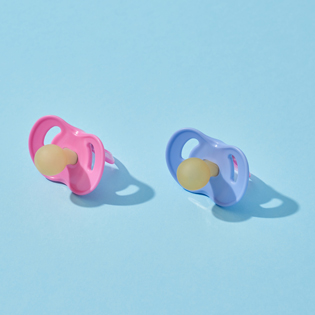



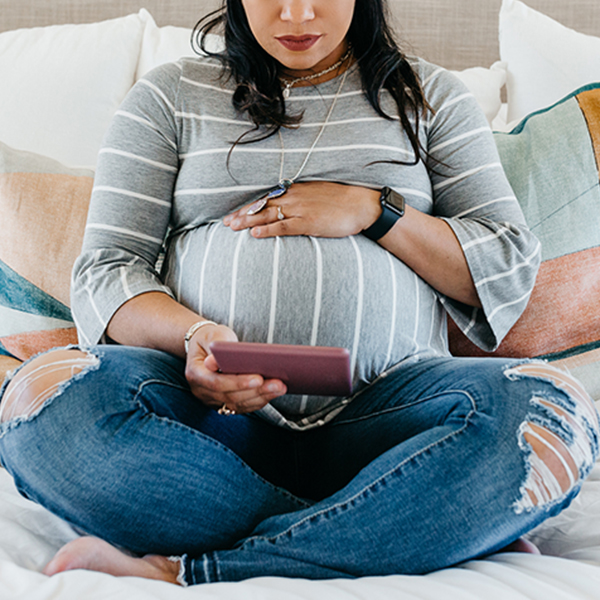


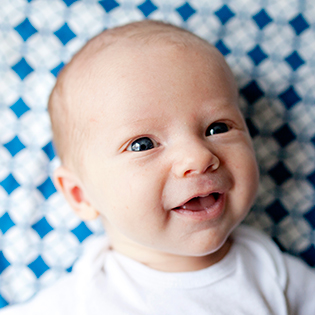
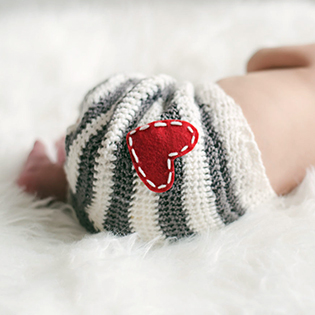
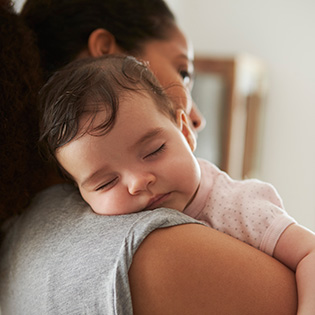



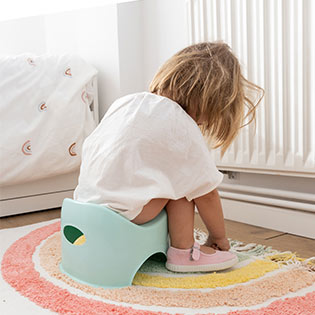


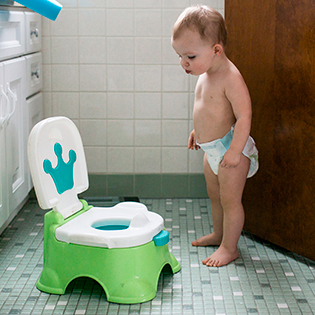



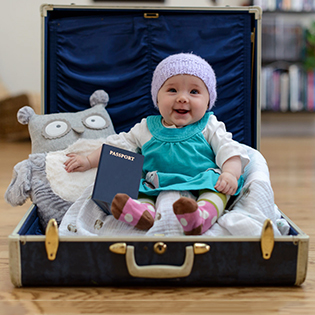
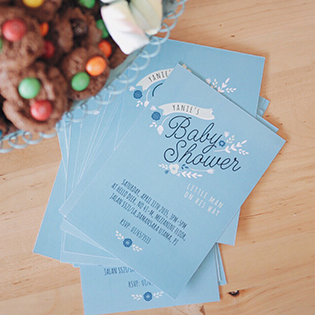




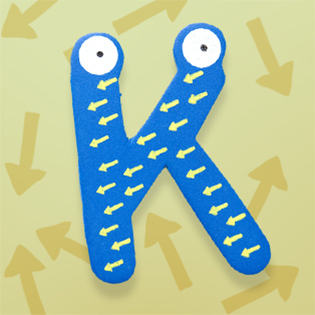
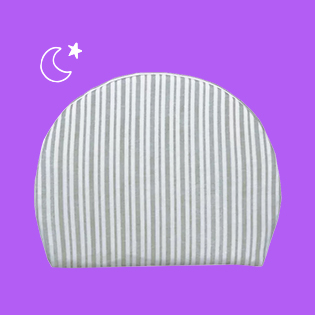
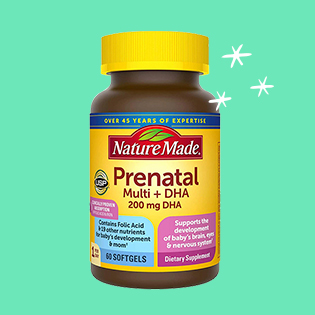


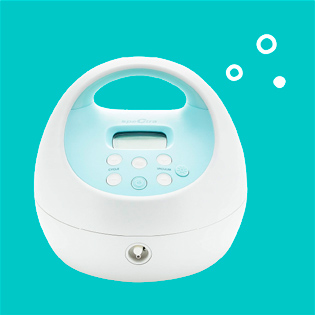



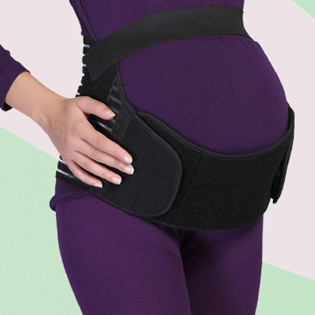




 Trending On What to Expect
Trending On What to Expect





